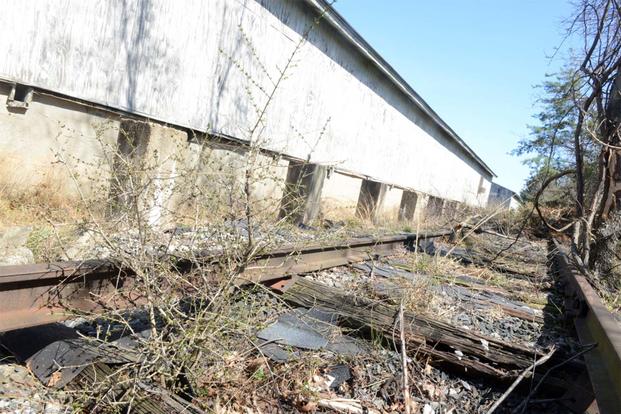Closing unneeded bases and relocating troops is the best way to make the most of limited military construction funding, a panel of top Pentagon installation officials told lawmakers Tuesday.
"We are asking for base realignment and closure funding once again this year, and that's important to us," said Peter Potochney, the Defense Department's acting assistant secretary for energy, installations and environment. "In the end, it allows us to validate the installations that remain so they can compete for the funding we expect in the future."
Potochney and representatives from the Army, Navy, Air Force and Marine Corps testified Tuesday at the Senate Appropriations military construction subcommittee hearing.
The Pentagon's 2018 budget request, sent to Capitol Hill last month, includes $11.9 billion for military construction and family housing, and a request to restart a Base Realignment and Closure, or BRAC, Commission process to shut down unneeded bases and facilities.
Related content:
- EUCOM Gives 'Another Look' at Planned Base Closures
- BRAC: Not Easy or Cost Effective
- Living on Base: Pros and Cons
About 20 percent of the Pentagon's facilities could be closed without negative impact, John Roth, the acting budget chief, told reporters May 22. Doing so would instead allow the department to spend construction money on upkeep of facilities that are actually needed, he said.
BRAC is a politically toxic subject, as individual lawmakers' districts stand to win and lose in the process with an increase or decrease of cash to local economies.
While findings from the proposed BRAC would not be delivered until 2021, after the 2020 elections, the Pentagon can't even analyze what the potential changes would look like without Capitol Hill's OK.
BRAC was last approved in 2005.
Low military construction funding levels over several years have resulted in a backlog for both facility maintenance and family housing upkeep, officials said.
"We have been putting ourselves in a hole," Potochney said. "This budget gets us out of the hole a little bit, or at least puts on a glide path to get out of the hole."
The Army, for example, has a $10.8 billion deferred maintenance bill, Lt. Gen. Gwendolyn Bingham, assistant chief of staff for Army Installation Management, told the subcommittee. The service also has 161 million square feet of expensive-to-maintain excess facility capacity. Yet only 33 million square feet of that excess can be shut down or divested without congressional approval for BRAC.
"Army installations can only be ready and resilient with adequate, predictable and sustained funding, and the authority to implement measures such as closing and realigning our resources," she told the committee.
The debate over whether to approve a new round of BRAC, as well as the president's baseline budget proposal of $603 billion, will likely stretch well into the fall.
-- Amy Bushatz can be reached at amy.bushatz@military.com.




























